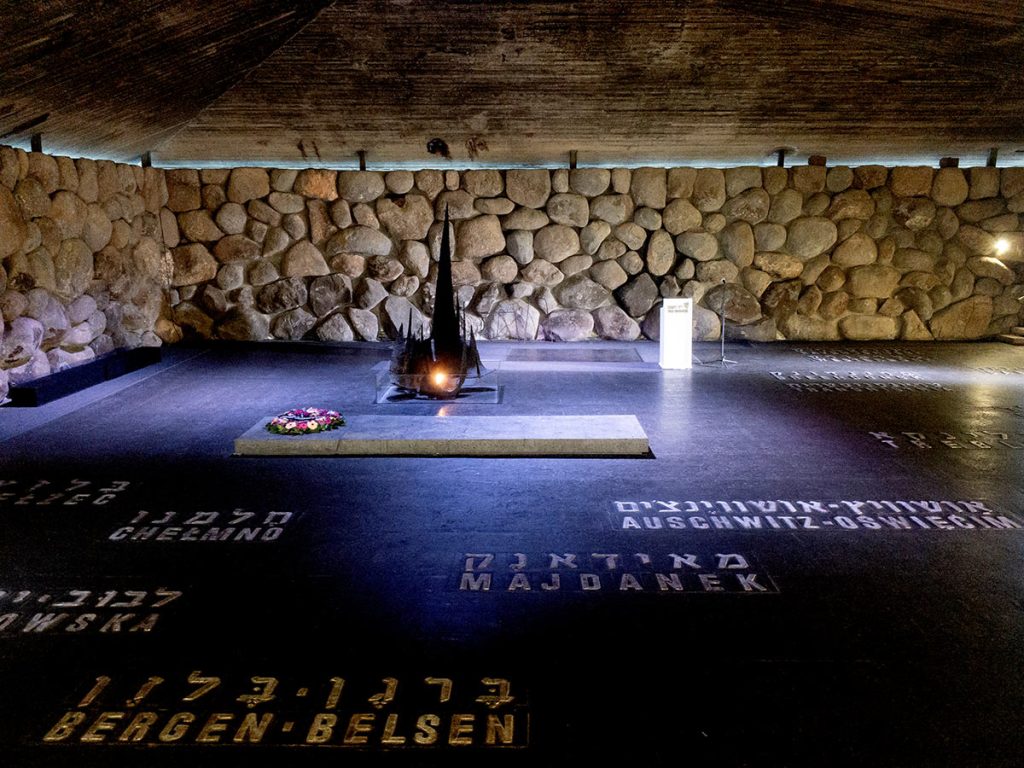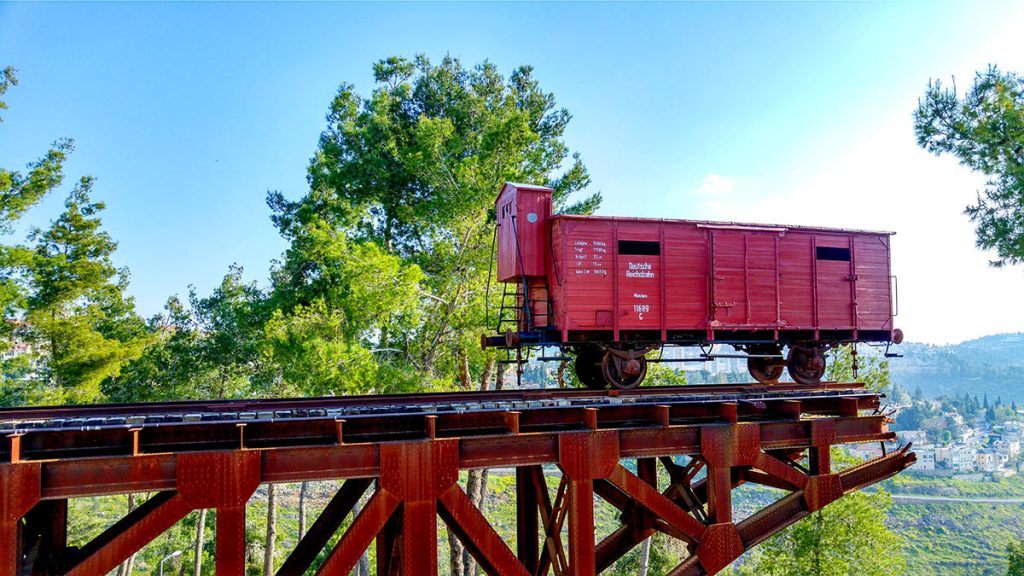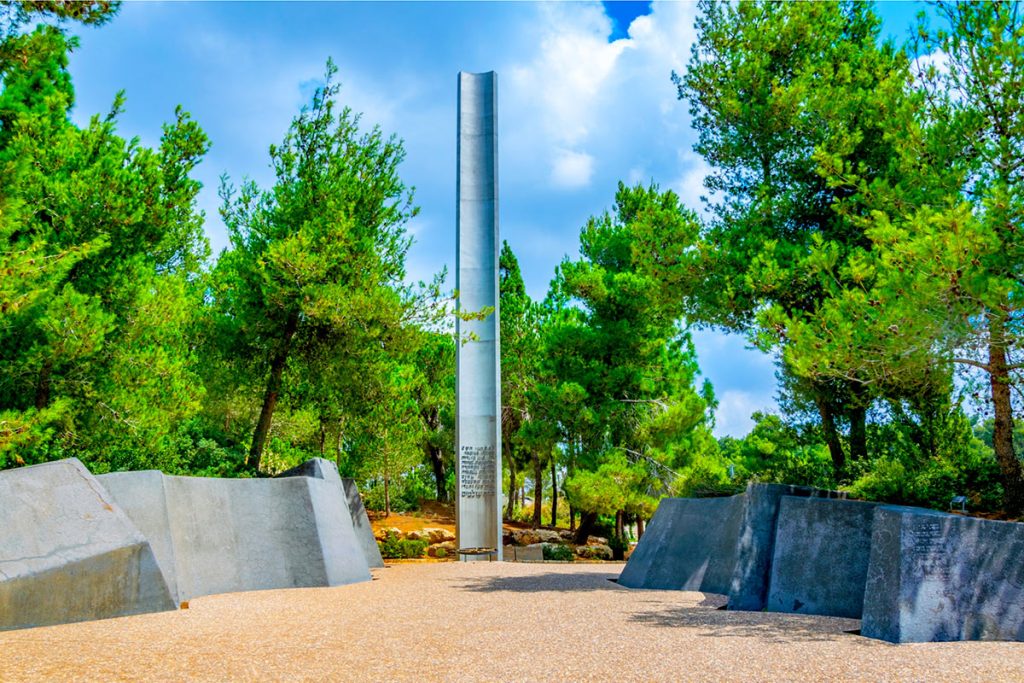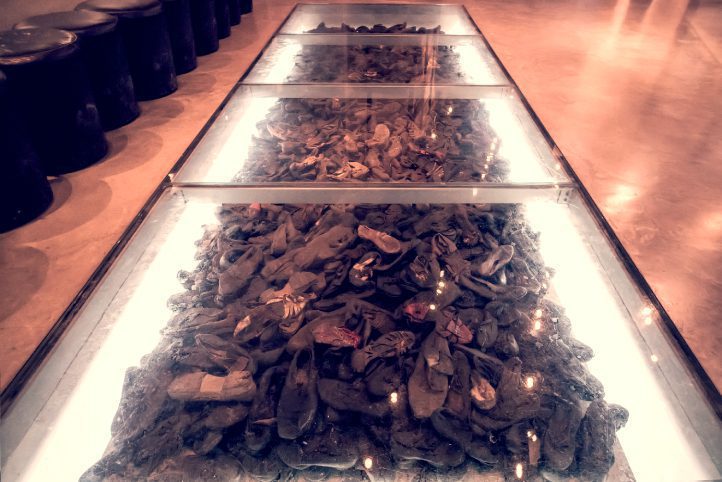Visiting The Holocaust Museum in Jerusalem would unveil a new design. As a private tour guide in Israel, I’ve visited the museum many times. Every visit I’m always left impressed and very emotional. But you must wonder why did the board of directors of Yad Vashem decide to invest so much money in a totally new museum? What was wrong with the old museum?
A New Generation is Visiting the Holocaust Museum
So the old Holocaust museum was built soon after the holocaust ended in the 1950s. In the beginning, the people that came to visit the museum were actually the survivors themselves. In other words, they weren’t needed to be told the story; that is why the old museum was this mishmash of events next to shocking sights like a pile of human hair or a heap of glasses worn by victims before being sent to the crematoriums. What it didn’t have for sure was a narrative, the old holocaust museum didn’t tell a story; Not on a collective level as a nation and not on an individual level.
Back then when people went visiting the Holocaust Museum; it was meant to be a place to mourn; a place where survivors could honor the dead that perished in Auschwitz. Yad Vashem was a collective memorial ground for those six million Jews that didn’t have a marked grave. Even Though the Germans massacred the Jews all over Europe, very few had the luxury to be buried properly. No doubt about it those displays in the old museum were shocking.
People like myself visiting the Holocaust Museum didn’t forget what they saw in the old museum when I went visiting the Holocaust Museum. But if you would have asked them at the end of their visit: “What is the difference between a ghetto and a death camp?” I’m not sure if they could have answered the question.
Visiting the Holocaust Museum: The Second Generation
Even the second generation after the Holocaust that visited the museum was not needed to be told the story. It’s true the many survivors didn’t speak about the atrocities with their kids. But just living in the same house with the survivors inflected with post-trauma syndrome gave the 2nd generation a very good idea of what happened there. Getting up in the middle of the night hearing your mom screaming from nightmares; storing huge amounts of food in the house; Not leaving the dinner table till the plate is squeaky clean; All this and much more were phenomena that the second generation after the Holocaust had to deal with.
And Then the Third Generation Came
My grandfather was a holocaust survivor from Auschwitz. In fact, on his arm he had a number tattooed, I never dared to talk to him about and he didn’t feel like opening up. I grew up next to him, playing with him but I never knew what happened to him, I didn’t know what happened to my great grandparents. Till today it is a black hole in our family history.
That was the point time more or less than in Yadvashem understood they need a totally new museum. Not for the survivors that knew what happened over there more than well, and not even for their kids. The new museum that was inaugurated in 2006 was built for the 3rd and 4th generations visiting the Holocaust Museum, who don’t know the story, and there is no one around to tell them.
So the new museum in its essence is retelling the story to those who do not know what happened. The museum is going back to basics. Trying to answer the fundamental questions like: – What is an extermination camp? Why did the Nazis were voted into power by the German people? What are the roots of Antisemitism? and much more.
The new museum does not try to shock or horror the visitor. The museum tries to educate about the subject in quite a rational way. Firstly, by using real testimonials of survivors. Secondly, by showing personal items that were left behind by victims, trying to break down this indecipherable number – 6,000,000, to something that a human mind could comprehend – an individual – each one of them was a whole world.
.






